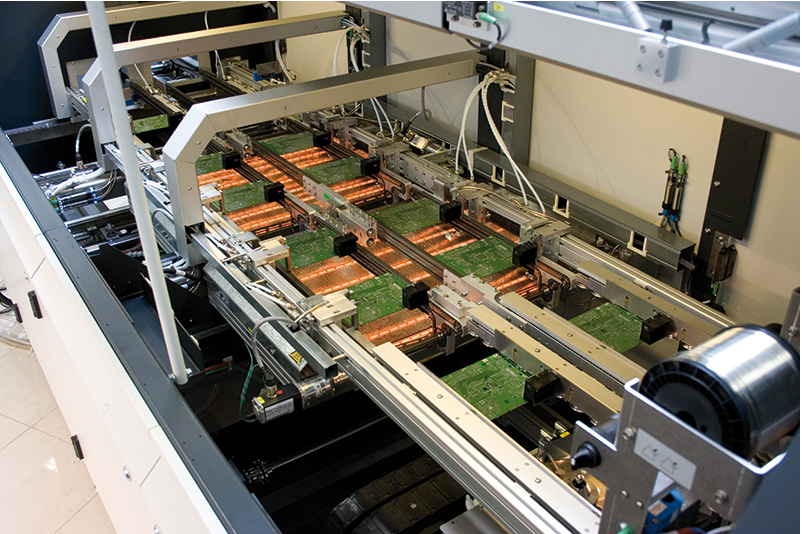Temperature curve and poor reflow soldering
Release time:2023-12-11Publisher:Jeenoce
Reflow soldering is the process of soldering components onto a PCB board, which involves surface mounted components. Reflow soldering is a welding process that relies on the action of hot air flow on the solder joint, and the adhesive flux undergoes a physical reaction under a certain high-temperature air flow to achieve SMD. Below, JEENOCE will share the relationship between common reflow soldering defects and temperature curves.
1、 The Relationship between Short Circuit and Temperature Curve in Solder Bridge of Components

Poor bridging short circuit is the result of solder melting and only occurs in the solder paste stage below the melting point. Due to the molecular thermal motion effect, the viscosity of materials with fixed components and chemical structures decreases with increasing temperature, and a decrease in viscosity at higher temperatures will result in significant thermal melting; On the other hand, an increase in temperature often causes the flux to release more solvent and lead to an increase in solid content, resulting in an increase in viscosity. Because the former is only related to temperature, and the latter refers to the total reduction of solvent as a function of time and temperature, at any known temperature, the viscosity of tin paste with low temperature rise rate is higher than that under high temperature rise rate reflux curve. Therefore, we generally require a lower temperature rise rate in the preheating stage to reduce the occurrence of short circuit defects.
2、 The relationship between the generation of solder beads on circuit boards and temperature curves
During the preheating stage, accompanied by the process of removing volatile solvents from the solder paste, gasification occurs inside the solder paste. If the bonding force between the metal powders in the solder paste is less than the force generated by gasification, a small amount of solder will flow away from the solder pad, and some will hide under the Chip component. When reflow occurs, this part of the solder paste will also melt, and then be extruded from under the sheet-like resistive and capacitive component to form solder beads. From its formation process, it can be seen that the higher the preheating temperature and the faster the preheating speed, the greater the splashing during gasification, and the easier it is to form tin beads. At the same time, the higher the temperature, the faster the oxidation of the solder, and the oxide film on the surface of the solder powder will prevent the solder powder from melting well together, resulting in the formation of solder balls. But this phenomenon can be effectively controlled by appropriate preheating temperature and preheating speed.
3、 The relationship between the phenomenon of component pin suction and temperature curve
It refers to the wetting of component pins by melt soldering and away from the contact area, resulting in false soldering. The reason is that the temperature of the pins is higher than the temperature of the PCB pad during the soldering melting stage. Improvement method: Use more bottom heating (upper and lower heating methods reflux furnace) or a very slow temperature rise rate (preheating to near the solder melting point temperature), so that the temperature of the pins and pads reaches equilibrium before solder wetting occurs.

